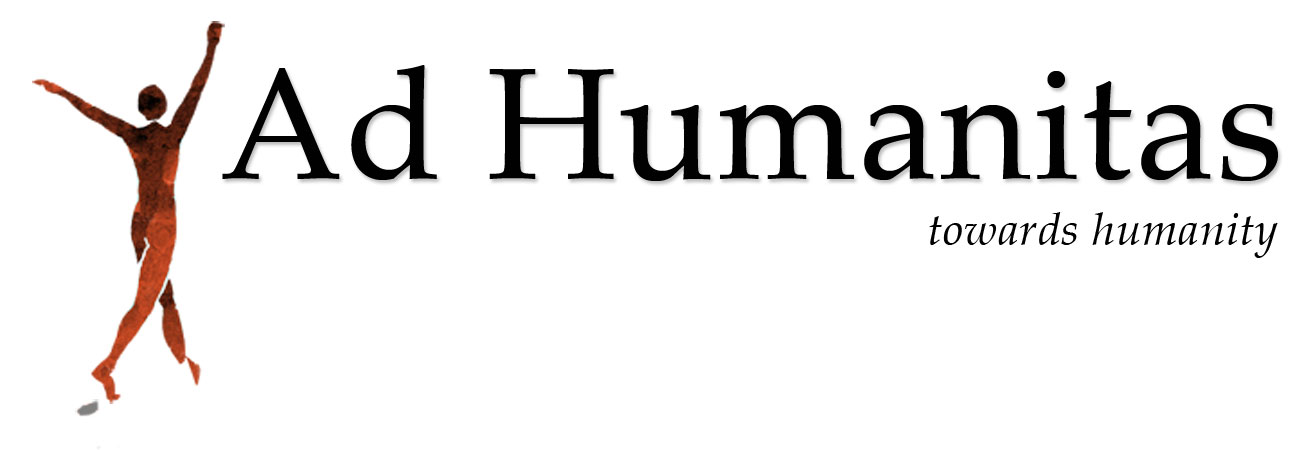The purpose of our work is to be a vessel that brings alive inner resources and trust to navigate the human journey
Adhumanitas.com is the home of Solihin and Alicia Thom – the original developers, researchers and providers of the work known as InnerDialogue, and Human Template Model which are a constellation process based on the phylogenetic aspects of the human being.
Ad Humanitas provides an ontological framework to support the understanding and resolution of human problems in the arena of:
- Health [practitioner workshops],
- Relationships [personal development] and
- Social, organizational and cultural health [business organization and coaching].
Ontology, in its formal sense, is the study of being. Ad Humanitas has developed a key understanding, from the standpoint of emergent health, of the human elements and resources that can augment our well being; a sense of self and purpose. This understanding and attendent processes can be applied to individuals, groups, businesses and organizations.
Through workshops, our teachers introduce an ontological framework for human and organizational development and health. We also address personal, tribal or cultural patterns of development, conflict or dysfunction.
We can provide a listing of certified practitioners in the work known as InnerDialogue™. This is a precise dialogue-based ontological process which allows for a deep, intimate non-violating process between practitioner-client to elicit and understand the root patterns that cause illness and dysfunction. The work facilitates the client’s ability to bring alive their own inner resources for resolution of whatever the conflict, dysfunction, state or inner need that they are in.
The Journey
The epigenesis of any idea is born of personal experience, the genetic impulses hidden deep within us, and the mystery of life itself. This work is unique and yet absolutely ordinary, etched in time, and retold.
Deep within our essence, sitting perhaps, as a seed primed and yet waiting, lies our thirst for emergence. This emergence, just like a seed, waits for the moment when all the conditions are right; even if spring hasn’t come through the eyes of the calendar, or the ground has not yet completely thawed. As we know from our botany the driving force of the germinating seed is to seek light, as it bursts through the ground, emergent, looking for its life giving source.
We too have this moment; for some of us it is life long, for others it is temporary, as our winter of discontent becomes too intense and our nights grow too long. For many this awakening comes by seeming accident, by chance, through perhaps, a strange encounter; a gentle smile from a stranger, a unknown element that entered their life and touched that seed that lay waiting. For many, in these contemporary technological dominant times, the emptiness within, prompts a deep expression to find the Source. Put off by established models of worhsip, of knowing, thousands seek the path back to their Source. They seek to tune into a signal of unparalleled strength, a clear tune, a cadence of beauty,a tonal range that spans everything. This is the starting point.
Emanation theory suggests that we start from The Primary principle (The Absolute), which overflows and drips out (Latin emanare), sending Itself outward to know Itself (The Word or Logos), and these aspects of the Divine, flow through time and space until it metaphorically and literally, in our case, falls onto and into matter. This essence figuratively turns around and emerges slowly through time back to its Source, evolving or emanating back through successive layers of being towards its ascension and origin. This philosophical emanation model is found in almost all religious and philosophical beliefs, but which often gets rejected later, after their inclusion, as polytheistic or unacceptable ‘imported’ beliefs.
The journey is known as the Great Chain of Being, or Emanation Theory. It can be found back in Mesopatamian writings, espoused by Plato, his pupil Plotinus, brought into Christianity by St Augustine and the Eastern Orthodox Church, incorporated into both Kabalah, Islamic and Sufi knowledge in the end of the first millenia, imported and developed by the teaching and writings of St Therese and Tomas Aquinus, brought into this Century by Ernst Schumacher, and developed and reorganised through the luminous works of Graves and Ken Wilber in the last thirty years, and in parallel, with this work, by Solihin and Alicia Thom.

